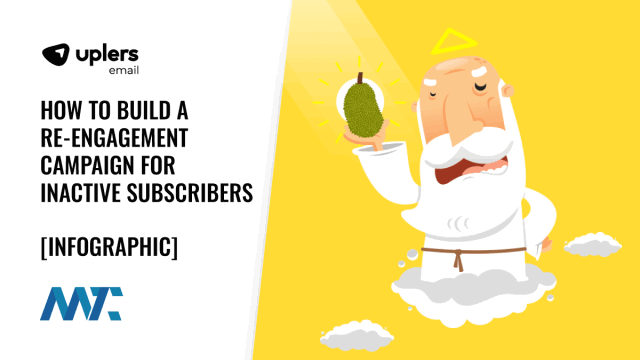Every marketer knows the pain of a slowly decaying email list. No matter how diligently you work to collect subscribers and grow your audience, inactivity creeps in over time. An average email list decays by about 25 percent every year. As much as 75 percent of email subscribers may eventually become inactive.
This decline isn’t simply a numbers game—it directly impacts email deliverability, sender reputation, and your ability to drive revenue from your list. Reduced engagement signals to email service providers that your messages aren’t wanted, which in turn lands them in spam folders or blocks them altogether.
Understanding why subscribers disengage is key to reversing this trend. Often, subscribers lose interest because they’re overwhelmed with emails, the messages aren’t optimized for mobile, the content lacks relevance, or their needs and circumstances have changed. Regardless of the reason, without action, this disengagement inevitably leads to churn.
Why Re-Engagement Emails Matter
Re-engagement emails, sometimes referred to as win-back emails, are designed to rekindle interest in inactive subscribers. These aren’t just any marketing messages; they are purpose-built campaigns designed to deliver value, reignite attention, and encourage subscribers to interact with your brand again.
A good re-engagement program helps in several ways:
Restores valuable relationships with dormant subscribers
Cleans your list of unresponsive contacts
Protects sender reputation by improving engagement metrics
Supports deliverability to active subscribers
Ultimately helps drive revenue from previously untapped audiences
Re-Engagement Planning and Strategy
Effective re-engagement isn’t about sending a single email and hoping for the best. It requires thoughtful segmentation, clear messaging, and well-planned timing. Here’s how to structure your efforts:
Segment the disengaged: Identify inactive subscribers based on lack of recent activity.
Write targeted copy: Customize messages to reintroduce value and relevance based on your knowledge of each segment.
Sequence strategically: Develop a series of emails, rather than a one-off, to give subscribers multiple opportunities to re-engage.
Purge wisely: If recipients continue to ignore your outreach after multiple attempts, it’s best to remove them from your list to maintain good standing with email providers.
Test and refine: Continually optimize your messaging, timing, and offers to improve results.
A simple flow might look like this:
Week 1: Send an initial “We miss you” email.
Week 2: Follow up with an incentive or a special offer.
Week 3: Final notice before opting subscribers out or removing them from the list.
Best Practices for Re-Engagement Emails
There are a few important guidelines to follow when crafting your re-engagement campaigns:
Develop a dialogue: Ask questions, encourage replies, and invite feedback to increase interaction.
Offer value: Remind subscribers why they signed up in the first place and what they stand to gain by staying connected.
Be honest: Acknowledge inactivity and clearly explain what you’re offering now.
Change the format: If past emails haven’t worked, try new subject lines, visuals, or message formats.
Keep it mobile-friendly: A significant portion of disengagement occurs because emails aren’t optimized for mobile devices.
Re-Engagement: Measuring Success
To evaluate whether your efforts are paying off, monitor key performance indicators such as:
The percentage of inactive subscribers who become active again
Open, click, and conversion rates of your re-engagement emails
Overall list hygiene and deliverability improvements
Revenue generated from reactivated subscribers
Also, be sure to implement a long-term strategy to reduce future inactivity. Regularly update your list segmentation, keep content fresh and relevant, and continuously collect feedback to understand your audience’s needs better.
In summary, re-engagement campaigns play a crucial role in maintaining a healthy email list and protecting your email marketing ROI. To help illustrate the process in a fun and straightforward way, I recommend reviewing the accompanying infographic that visualizes this entire approach.
©2025 DK New Media, LLC, All rights reserved | Disclosure
Originally Published on Martech Zone: How to Build a Re-Engagement Campaign for Inactive Subscribers

